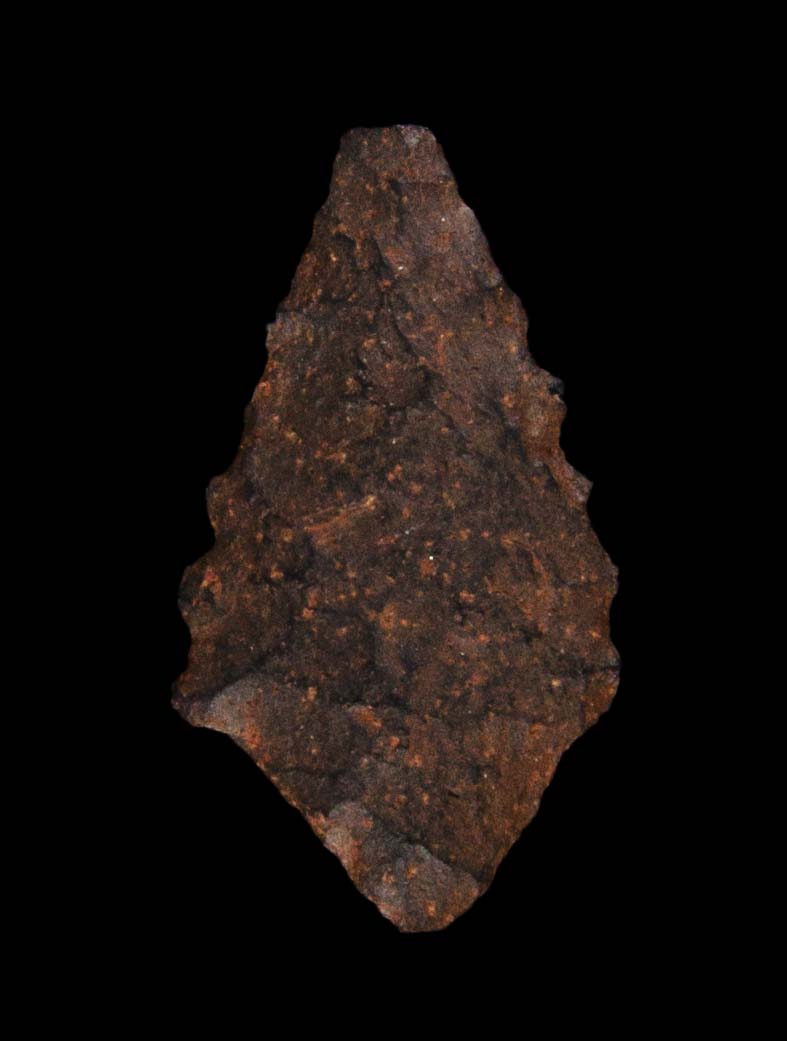Archaeological Culture: Late Archaic, San Dieguito-Pinto Tradition
Geographical Range: The southern Great Basin south into northern Mexico and east into western Colorado and New Mexico.
Date Range: 4500 – 1450 B.P. (Lyndon 2005).
Size: Average: 32.4 mm long, 18.8 mm wide, and 5.9 mm thick; stem length: 13.4 mm (Lyndon 2005:Table 8).
Shape: Triangular to diamond-shaped with a contracting stem; shouldered to tanged; sometimes serrated on the blade margins; frequently reworked.
Cross-section: Lenticular; irregular.
Base: Convex to pointed.
Flaking: Percussion and pressure.
Grinding: Generally absent.
Materials: Any available.
Other Names: Gypsum Cave, Augustin, Pelona, Elko Contracting Stem, Gatecliff Contracting Stem.
Comparisons: There are similar, but geographically distinct types in southern California and in the Channel Islands.
Compiled from the following sources:
Justice, Noel D. (2002) Stone Age Spear and Arrow Points of the Southwestern United States. Indiana University Press, Bloomington.
Lyndon, Michael G. (2005) Projectile Points as Indicators of Preceramic Occupation of the Coconino Plateau. M.A. thesis, Department of Anthropology, Northern Arizona University, Flagstaff.
Sliva, R. Jane. (2009) Common Middle Archaic and Early Agricultural Period Points in Southern Arizona. Archaeology Southwest 23(1):Supplemental Information.
Compiled by:
Meghann M. Vance, Northern Arizona University Anthropology Laboratories

